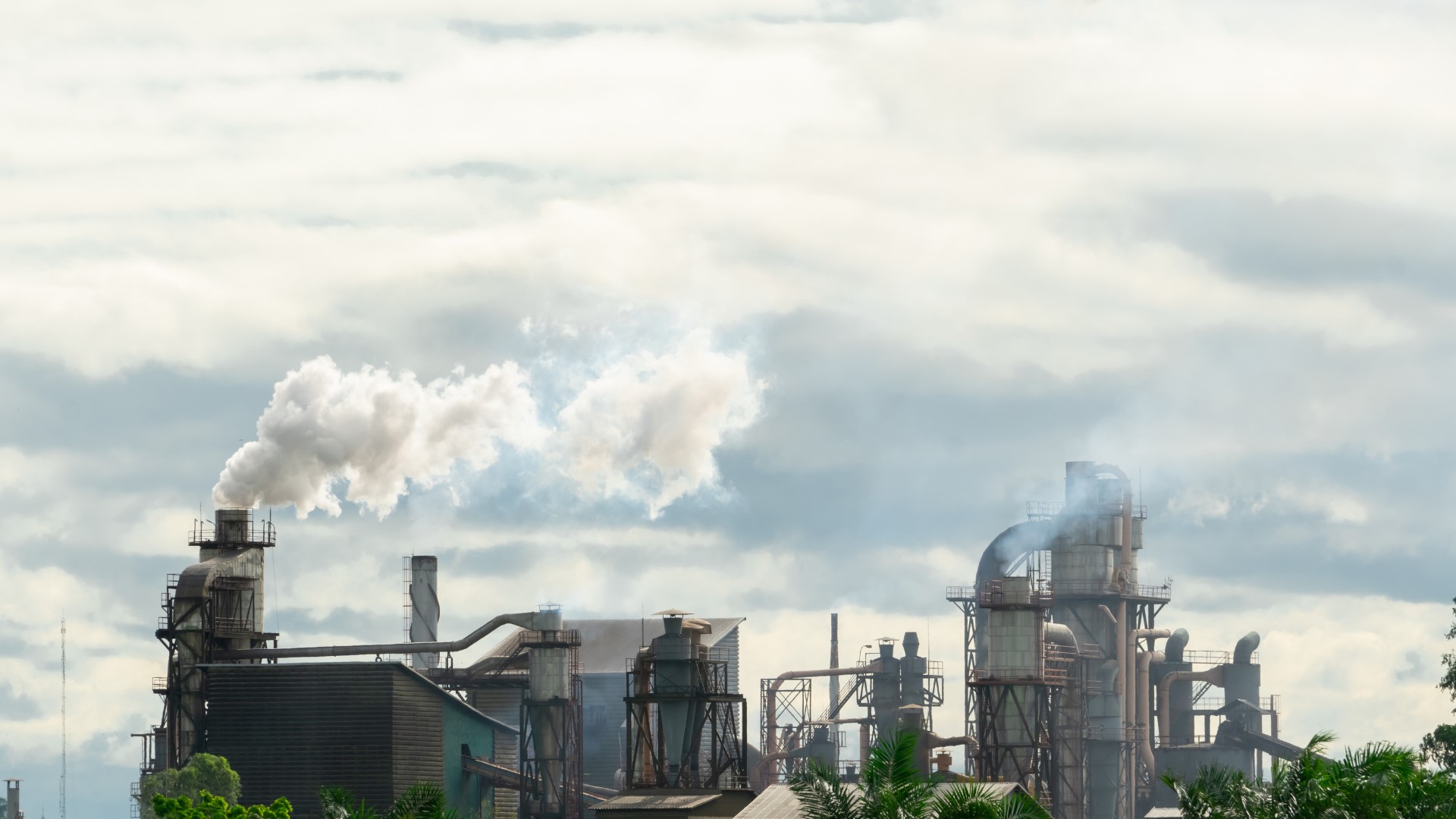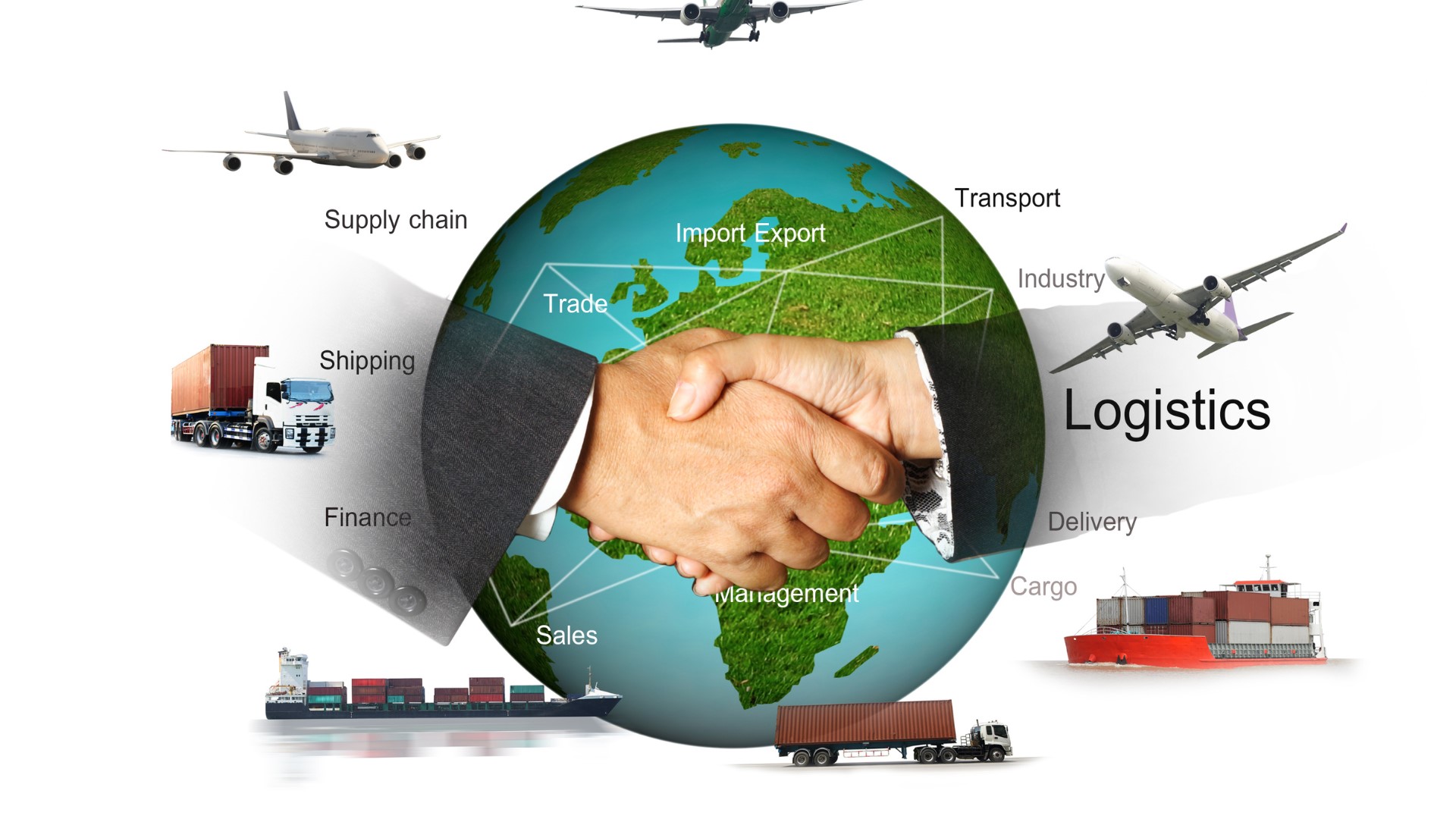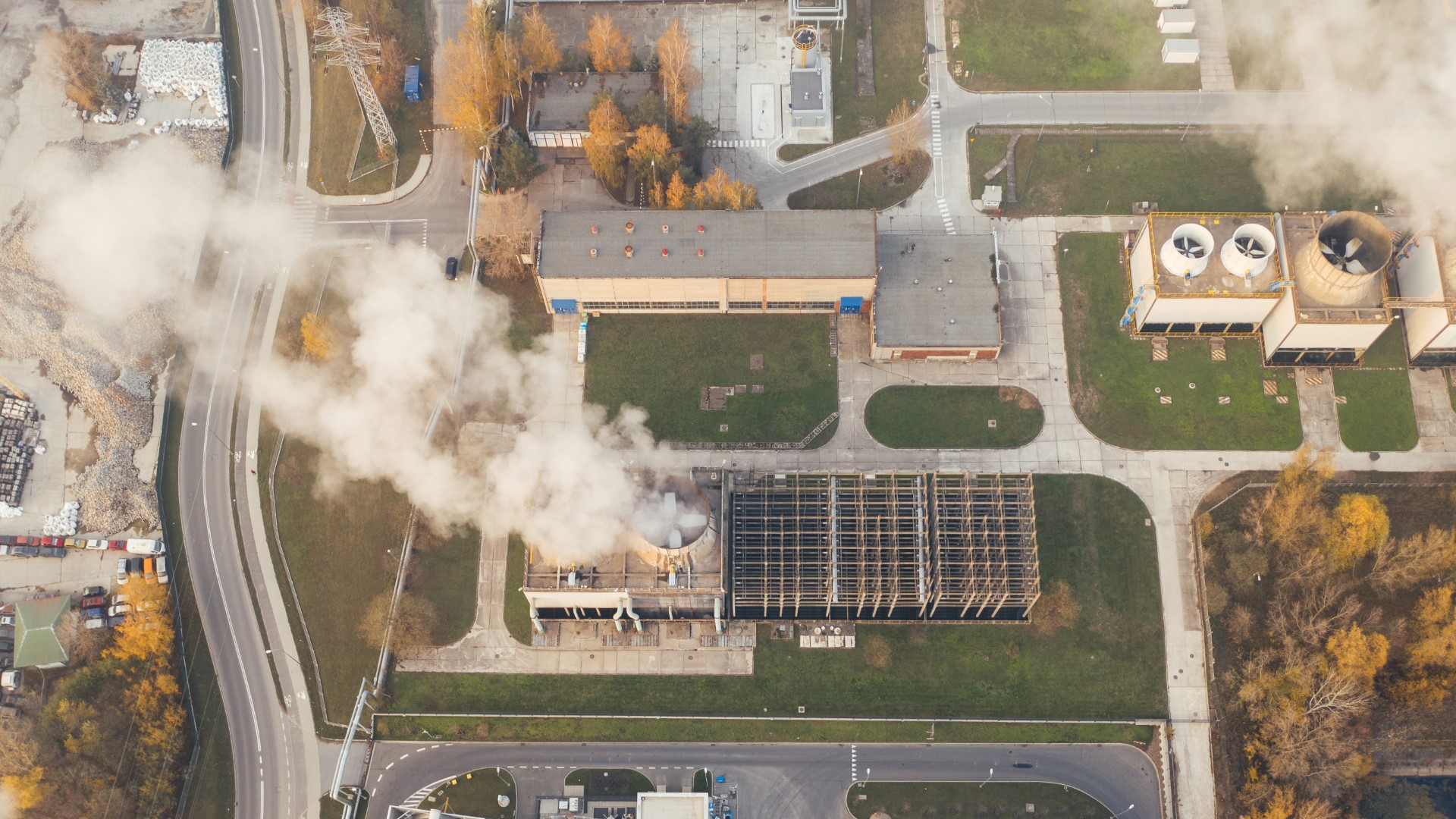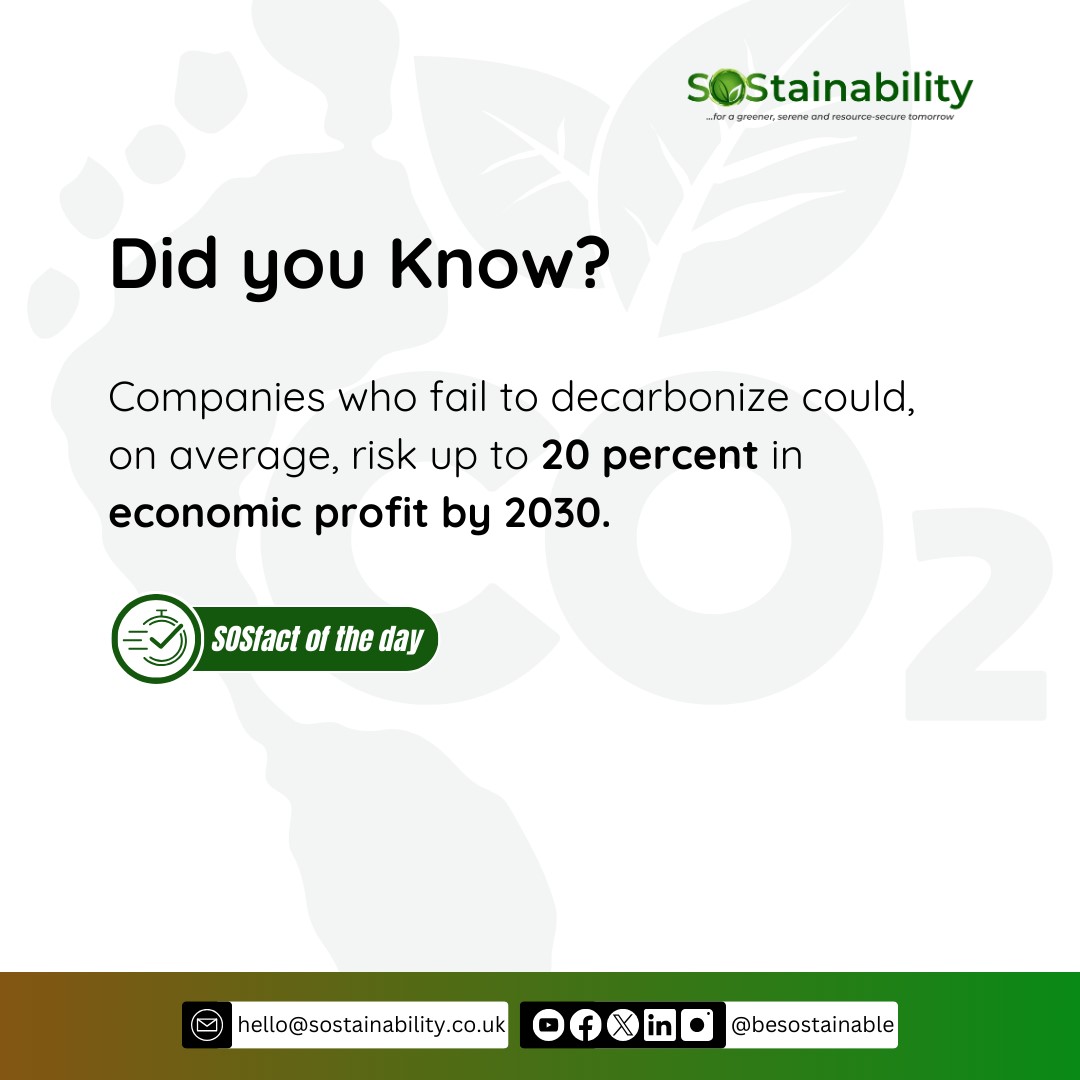
12 Apr UK CBAM – Carbon Border Adjustment Mechanism
The UK to Implement a New Import Carbon Pricing Mechanism by 2027
The UK is rolling out a new trade policy that blends climate action with economic strategy. By 2027, the government will introduce a Carbon Border Adjustment Mechanism (CBAM) to place a carbon price on certain imported goods.
The UK CBAM is a climate-focused levy on imports like steel, aluminum, and cement from countries with weaker or no carbon pricing. It aims to prevent carbon leakage, protect local industries, and ensure imported goods carry the same environmental cost as those made in the UK.
In this article, we explore what the CBAM means, how it will work, who it affects, and why it matters for the future of UK trade and climate policy.
What Is the UK CBAM and Why It Matters
The Carbon Border Adjustment Mechanism is the UK’s strategic tool for preventing carbon leakage. Carbon leakage occurs when domestic industries move production to countries with lax climate laws. This not only hurts UK industries but also fails to reduce global carbon emissions.
The CBAM is the UK’s answer to this challenge. It aims to ensure that imported goods bear a similar carbon cost as those produced in the UK. Goods such as aluminum, steel, cement, fertilizer, hydrogen, and iron are central to the plan. These are sectors that contribute significantly to carbon emissions.
One of the government’s primary goals is to prevent the displacement of emissions. If companies relocate their production to countries with no carbon tax, it undermines the UK’s progress. The CBAM is set up to ensure environmental integrity and protect investments in low-carbon technologies. It also sends a clear signal to global trade partners: climate responsibility cannot be outsourced.
Beyond the economic motivation, the CBAM reinforces the UK’s identity as a climate leader. Since legislating for net-zero emissions, the UK has made decarbonisation a national mission. But these efforts risk being undone if emissions simply shift abroad. CBAM creates a financial disincentive for such shifts, anchoring the environmental gains within national borders while still engaging with global markets.

Key Features and Implementation Timeline
After two rounds of public consultation and over 340 responses from stakeholders, the UK government finalized the CBAM start date. It will be implemented on January 1, 2027. Only importers bringing in CBAM goods worth more than £50,000 over a 12-month period will need to comply. This is an increase from the earlier threshold of £10,000.
Initially, there was a proposal to include ceramics and glass products in the scope. However, due to feasibility concerns raised during consultations, these sectors were excluded. Still, they may be considered in future updates.
The levy applied under the CBAM will reflect the carbon intensity of the imported goods. The charge will consider the emissions generated during production and any carbon price already paid in the country of origin. If the exporting country does not impose a carbon cost, the full UK rate applies.
The tax point will generally be the date when the goods enter the UK market. In special cases like re-imported goods or those processed abroad, different rules will apply.
In addition to timing and scope, the UK has clarified its phased approach. The first CBAM accounting period will cover all imports made between January 1 and December 31, 2027. From 2028 onward, companies will be required to report and pay the levy on a quarterly basis. This allows time for businesses to adjust and adopt necessary tracking tools.
How the CBAM Will Be Calculated
The UK CBAM will consider both direct and indirect emissions. Direct emissions are those from the manufacturing process itself. Indirect emissions include energy used in production, such as electricity.
Importers will have two options to calculate emissions. They can use actual, verified data or default values provided by the UK government. The use of default values is especially useful when verified data is unavailable. These defaults will be based on average emissions by product and country. The methodology will be reviewed after 2030 to improve accuracy.
The CBAM charge is based on the UK Emissions Trading Scheme (ETS) average price. This price will be updated quarterly. Businesses must self-assess their liability and submit a CBAM return for each accounting period. The first return will cover the entire year of 2027. From 2028, returns will be submitted quarterly.
Goods re-imported under certain conditions, such as returned goods in their original state, will be exempt from the CBAM. This ensures the mechanism focuses only on fresh imports with embedded emissions.
Only explicit carbon pricing will be recognized. Implicit mechanisms like voluntary schemes or general energy taxes won’t count toward deductions. This strict approach maintains consistency and ensures that only verifiable reductions are rewarded.
Business Implications and How to Prepare
Businesses that import goods into the UK must begin preparing now. The first step is understanding the carbon footprint of their supply chains. This requires detailed data on emissions during production and transportation.
Firms should also explore partnerships with lower-carbon suppliers. Investing in cleaner technologies can not only help reduce CBAM costs but also improve overall competitiveness. Tools like CarbonChain can assist businesses in measuring the carbon intensity of their products and suppliers.
The CBAM provides a level of certainty to UK manufacturers. It ensures that efforts to decarbonise will not be undermined by cheaper, high-emission imports. Stakeholders such as the British Chambers of Commerce and industry associations have welcomed the move. They believe it will boost investor confidence and support growth in low-carbon sectors.
Stakeholders also highlight the need for cooperation with trade partners. There are calls for aligning the UK and EU carbon pricing systems to avoid unnecessary barriers. Many support a flexible approach that considers the specific needs of different industries.
The UK’s CCUS (Carbon Capture, Utilisation and Storage) industry is also likely to benefit. The CBAM could encourage greater investment in this space by creating stronger incentives to cut emissions. Hydrogen UK has also endorsed the mechanism, highlighting its role in boosting low-carbon alternatives.
There is growing support for voluntary product standards and carbon labelling. These tools can support the CBAM by helping buyers identify environmentally responsible goods. Over time, this could create market-driven demand for low-emission products and further embed sustainability in trade decisions.

Looking Ahead: What the CBAM Signals
The UK’s decision to introduce the CBAM reflects its leadership in global climate policy. The country was the first major economy to legislate for net-zero. Now it aims to make sure that decarbonisation efforts have a global impact.
By ensuring that imported goods carry a comparable carbon price, the CBAM supports real emissions reductions. It protects UK industries from being undercut and encourages other countries to strengthen their climate policies.
This mechanism also works in tandem with the UK Emissions Trading Scheme. Together, they offer a robust system to manage carbon emissions. The government is also exploring complementary tools such as product standards and labelling to promote low-carbon goods.
In the long term, the CBAM could transform trade by making carbon transparency a competitive advantage. Industries that adapt early will benefit the most. They will be better positioned to meet regulatory requirements and consumer expectations in a low-carbon future.
As the UK gears up for implementation, collaboration between government, businesses, and international partners will be key. This new mechanism is not just about taxation. It is about reshaping global trade for a sustainable future.
The CBAM is more than a climate tool. It is a sign of what the future of responsible trade looks like. Countries that recognize the value of emissions pricing and sustainability will gain a strategic edge. As more regions consider similar measures, a global standard for carbon accountability could emerge.
For the UK, this is a chance to lead. For businesses, it is a moment to prepare. The CBAM is coming—and with it, a new era of climate-conscious trade.
Supporting Business Readiness for Climate-Conscious Trade
At SOStainability, we specialize in guiding businesses, communities, and organizations to successfully integrate sustainability and CSR into their strategies. We offer consultations tailored to your unique needs, helping you drive positive change that benefits both your bottom line and the world around you. Whether you’re looking for sustainability assessments, ethical marketing strategies, or tailored training, our team is here to support your journey.
For consultations or business inquiries, please reach out to us at hello@sostainability.co.uk.
SOSFact for the Day



No Comments